Ionic React Auth Firebase Save
react with ionic v4 web components tabs, firebase authentication & mobx for state management
React Project using Ionic v5 Components - Updated April 2020
See YouTube Video with Updated Content
August 2020 - Updated to latest versions of ionic/react, mobx and capacitor, refactored login process to be "clearer" using mobx hooks instead of inject
April 2020 - Updated to latest versions of ionic/react, mobx and capacitor
October 2019 - This is a link to another sample application using Ionic Framework, Firebase and React, but this one uses react-hooks. This is sample code from the ReactJS Course I taught at Inclusive Innovation Incubator as part of our #TheFutureIsWrittenInCode initiative
https://github.com/aaronksaunders/react-course-firebase-hooks-app/tree/capacitor-ionic
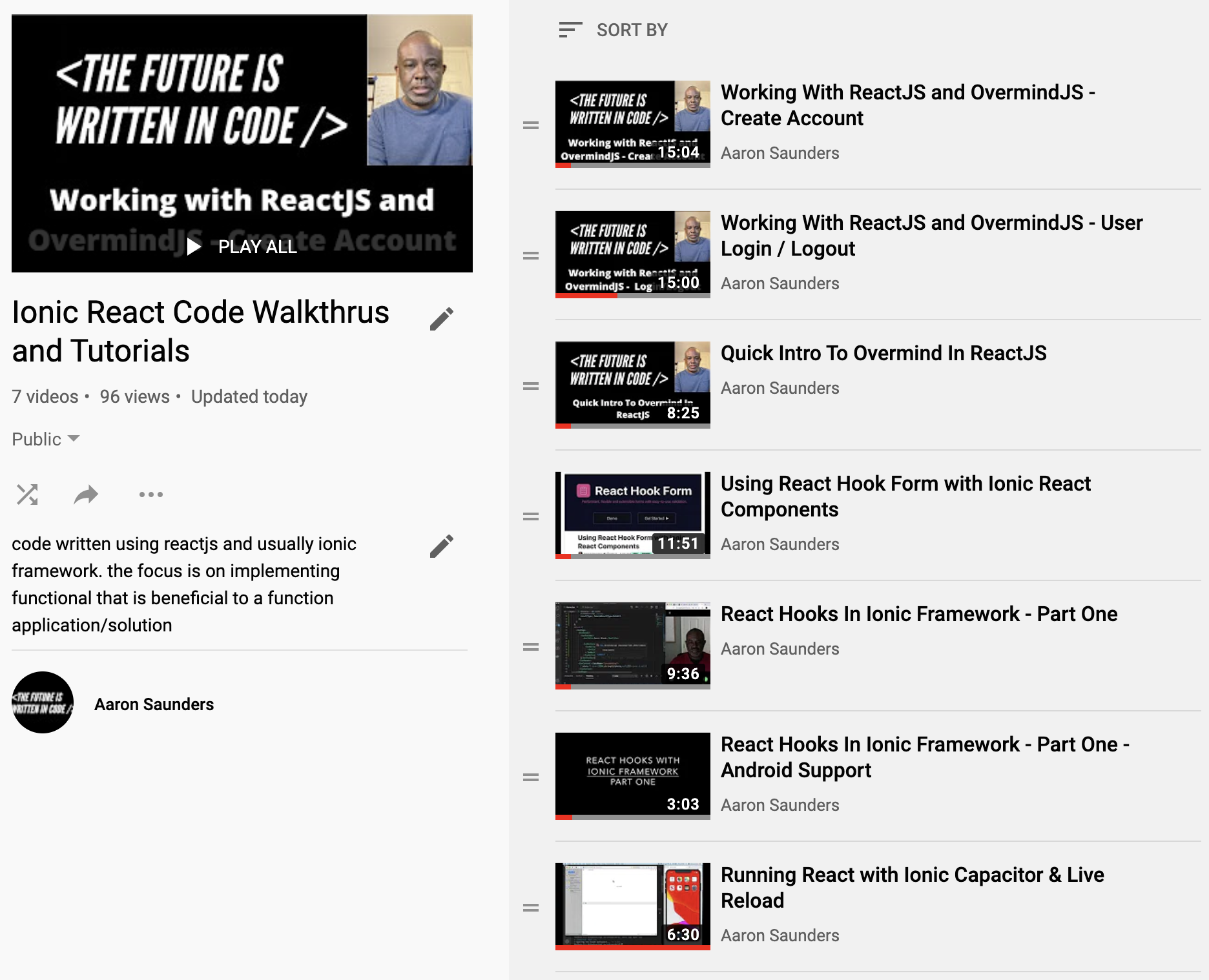
Click To View Ionic React Video Playlist
---Responding to suggestion from Max Lynch...
"If someone wrote a tutorial on using Ionic React with Firebase that would be pretty cool (hint hint)"
So I pulled together some of the code I was already playing with, will post more as I work on additional features
- IonTabs
- Tabs Detail Page
- IonDatePicker
- IonModal
- IonToast
- Firebase Authentication
- Mobx State Management
Still working on
- Firebase CRUD
- Firebase Create Account
- IonList
Configure Firebase
// firebaseService.js - set your own firebase project information
var firebaseConfig = {
apiKey: "xxxxxxxxxxxxxxxxx",
authDomain: "xxxxxxxxxxxx.firebaseapp.com",
databaseURL: "https://xxxxxxxxxxxx.firebaseio.com",
projectId: "xxxxxxxxxxxx",
storageBucket: "xxxxxxxxxxxx.appspot.com",
messagingSenderId: "xxxxxxxxxxxx"
};
Screenshots
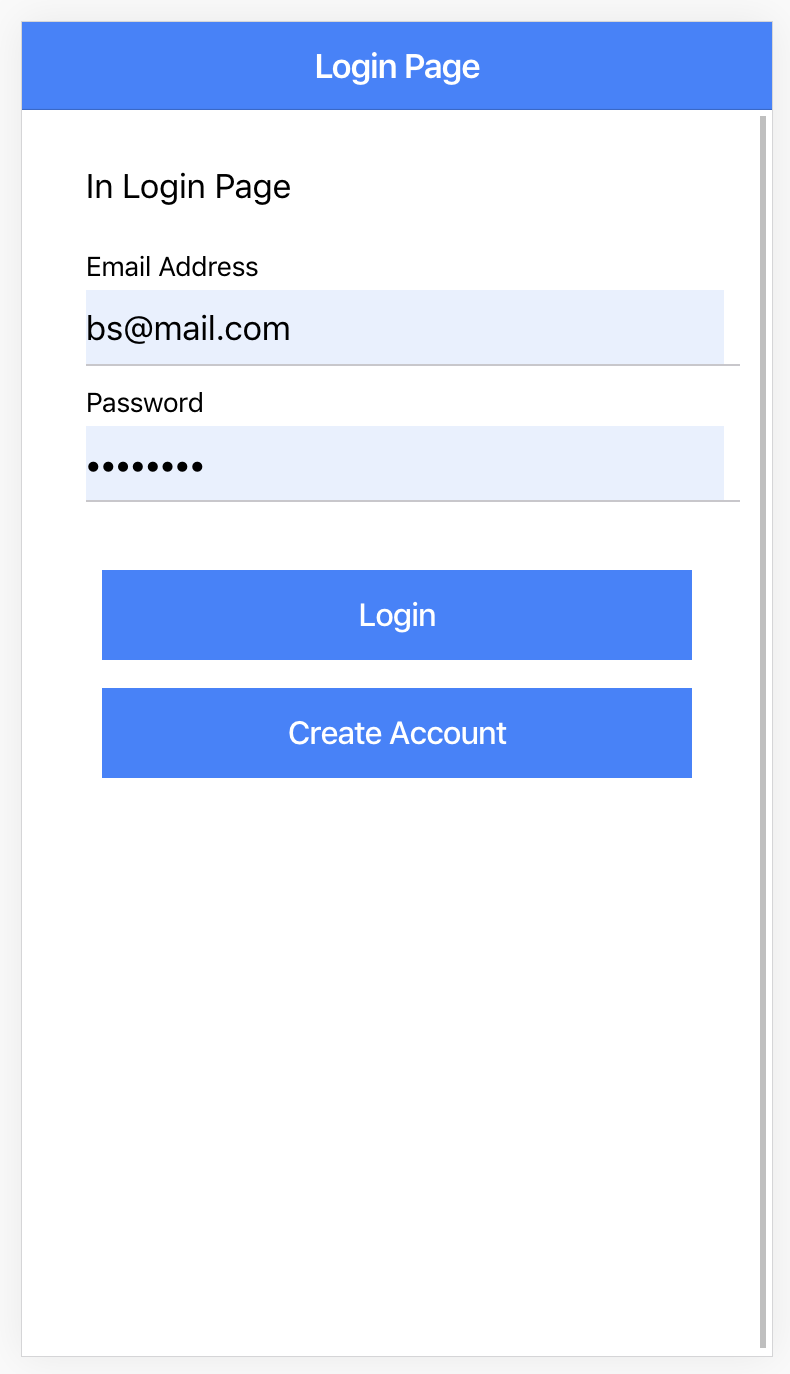
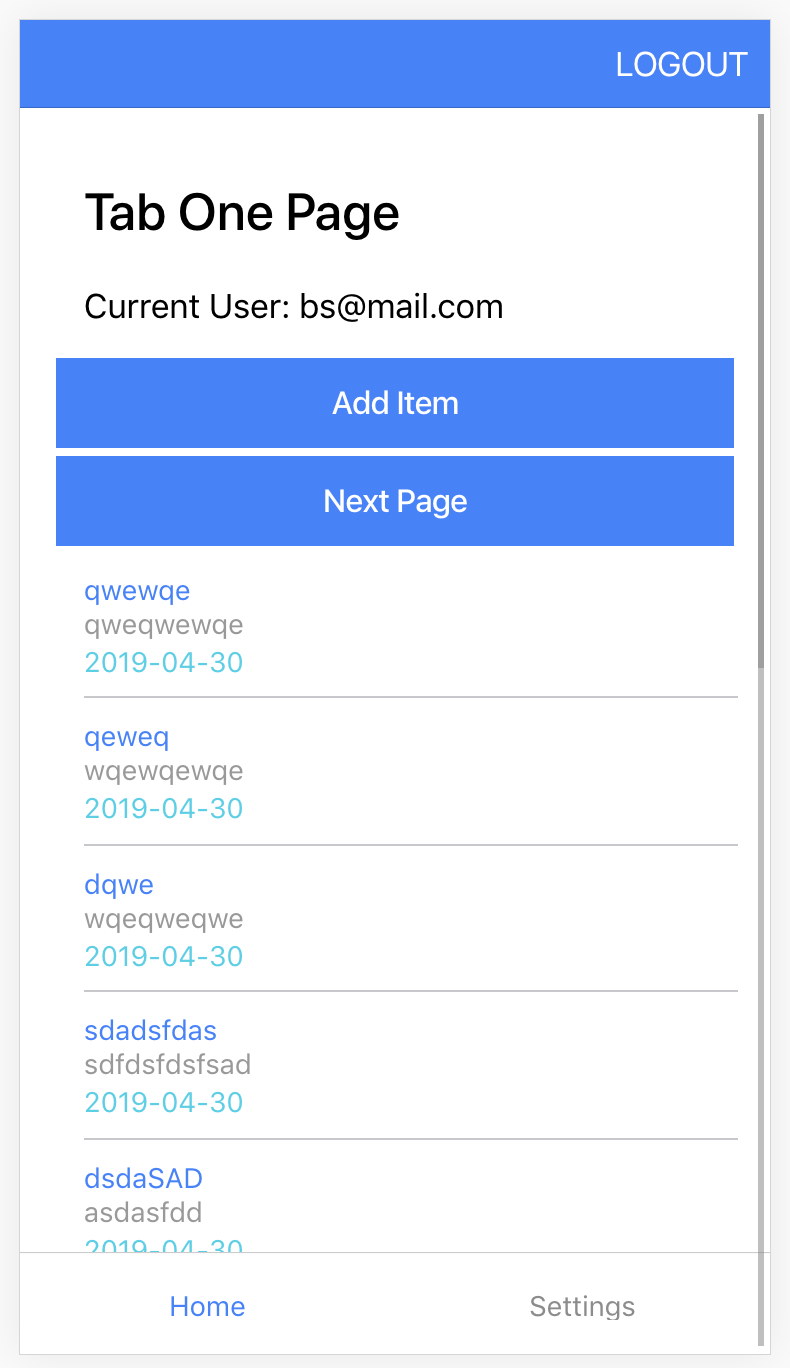
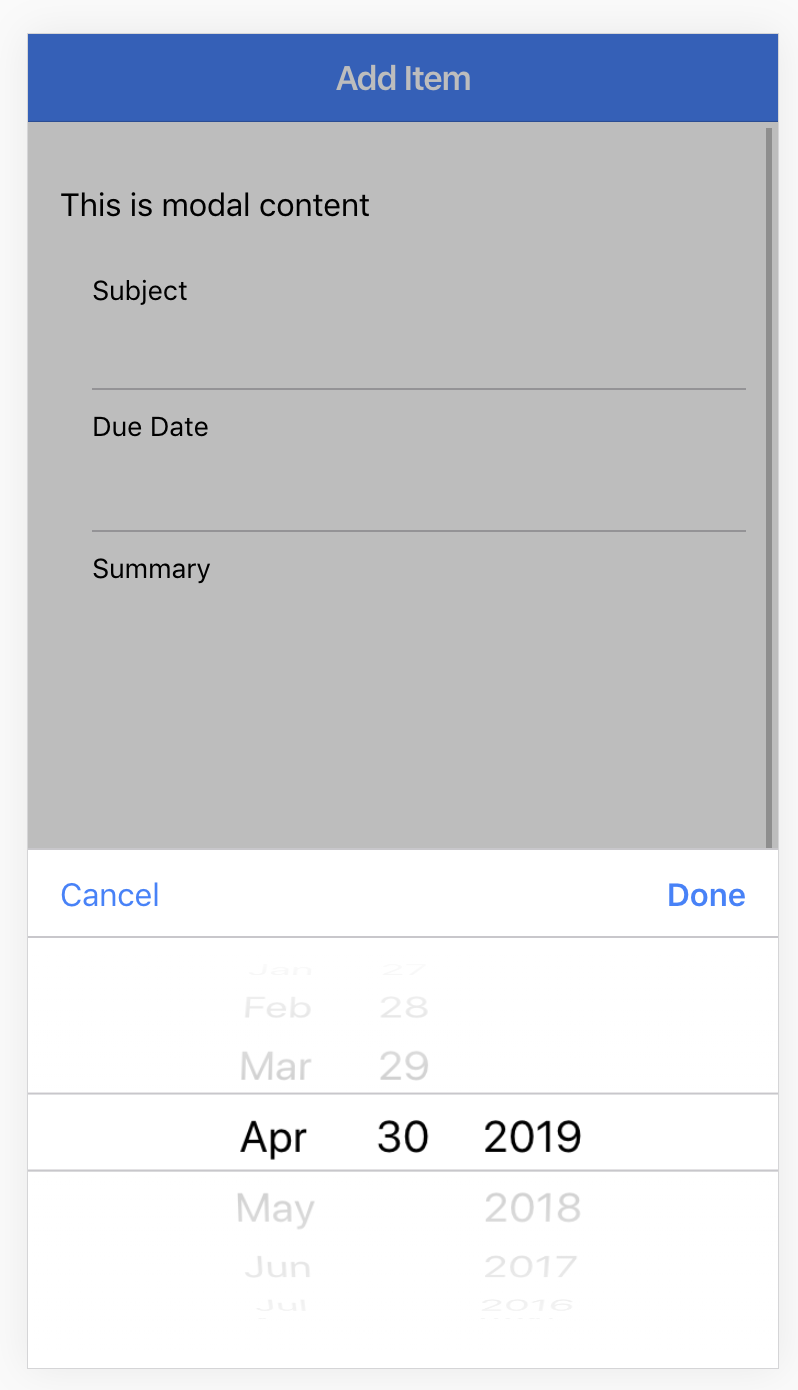
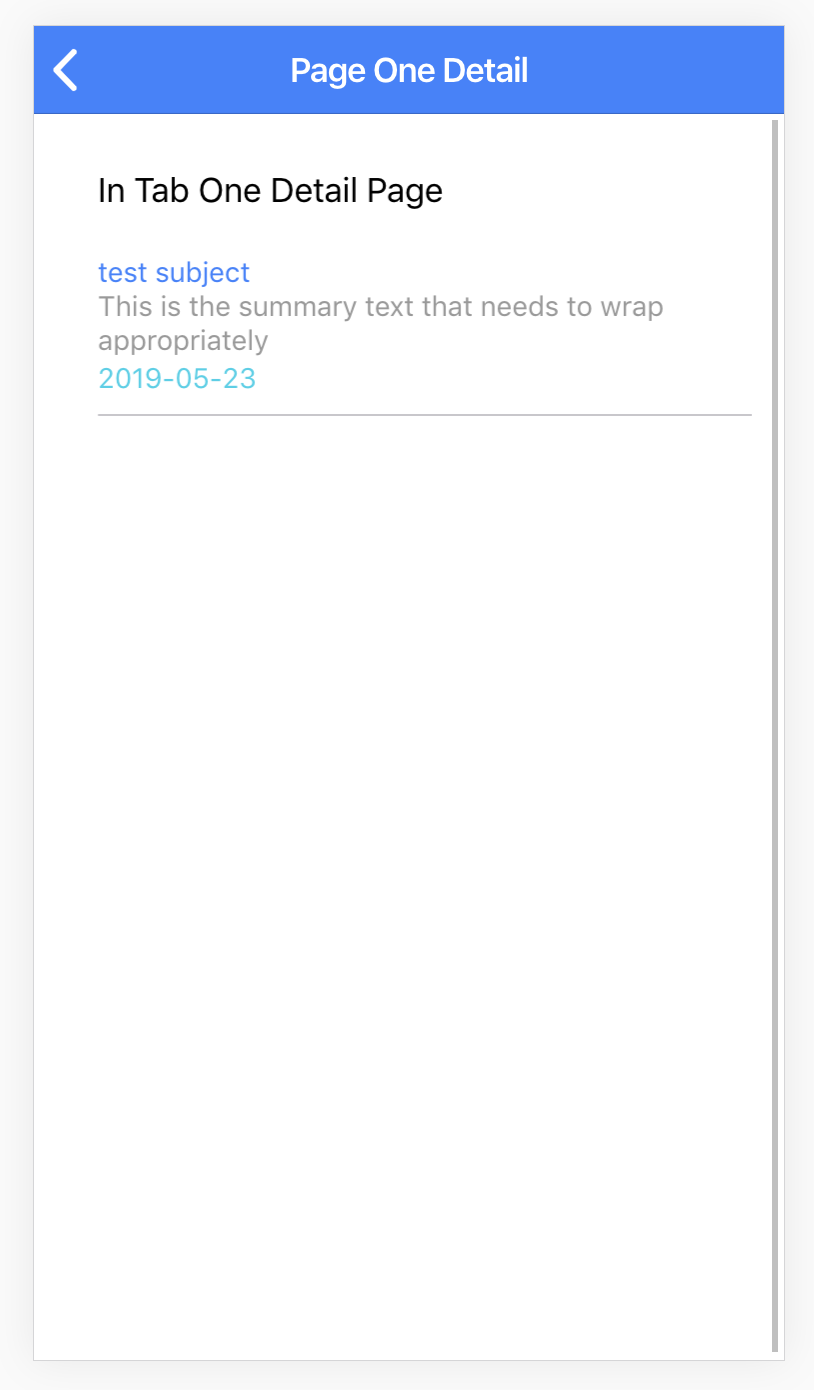
Adding Capacitor
npm install --save @capacitor/cli @capacitor/core
next you need to build the app
npm run build
then edit the capacitor.config.json to point to the web directory
{
"appId": "com.aks.reactionicfb",
"appName": "reactionicfb",
"bundledWebRuntime": false,
"npmClient": "npm",
"webDir": "build" <=== make this change
}
Now add ios or android to the application, on ios please checkout this known issue https://github.com/ionic-team/capacitor/issues/1448
npx cap add ios
Update the index.html to create the safe area on devices
<meta name="viewport" content="initial-scale=1,user-scalable=no, width=device-width,
height=device-height, viewport-fit=cover">
Then to run on ios device
npm run build; npx cap sync
More information available at the capacitor website https://capacitor.ionicframework.com/docs/getting-started/
This project was bootstrapped with Create React App.
Available Scripts
In the project directory, you can run:
npm start
Runs the app in the development mode.
Open http://localhost:3000 to view it in the browser.
The page will reload if you make edits.
You will also see any lint errors in the console.
npm test
Launches the test runner in the interactive watch mode.
See the section about running tests for more information.
npm run build
Builds the app for production to the build folder.
It correctly bundles React in production mode and optimizes the build for the best performance.
The build is minified and the filenames include the hashes.
Your app is ready to be deployed!
See the section about deployment for more information.
npm run eject
Note: this is a one-way operation. Once you eject, you can’t go back!
If you aren’t satisfied with the build tool and configuration choices, you can eject at any time. This command will remove the single build dependency from your project.
Instead, it will copy all the configuration files and the transitive dependencies (Webpack, Babel, ESLint, etc) right into your project so you have full control over them. All of the commands except eject will still work, but they will point to the copied scripts so you can tweak them. At this point you’re on your own.
You don’t have to ever use eject. The curated feature set is suitable for small and middle deployments, and you shouldn’t feel obligated to use this feature. However we understand that this tool wouldn’t be useful if you couldn’t customize it when you are ready for it.
Learn More
You can learn more in the Create React App documentation.
To learn React, check out the React documentation.
Code Splitting
This section has moved here: https://facebook.github.io/create-react-app/docs/code-splitting
Analyzing the Bundle Size
This section has moved here: https://facebook.github.io/create-react-app/docs/analyzing-the-bundle-size
Making a Progressive Web App
This section has moved here: https://facebook.github.io/create-react-app/docs/making-a-progressive-web-app
Advanced Configuration
This section has moved here: https://facebook.github.io/create-react-app/docs/advanced-configuration
Deployment
This section has moved here: https://facebook.github.io/create-react-app/docs/deployment
npm run build fails to minify
This section has moved here: https://facebook.github.io/create-react-app/docs/troubleshooting#npm-run-build-fails-to-minify

